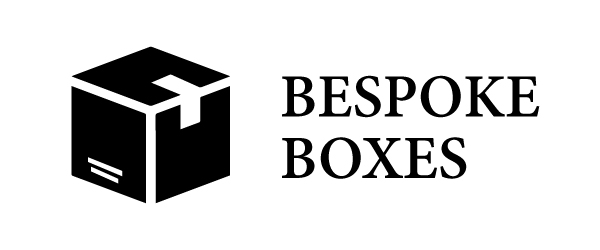Packaging & Counterfeit Goods
OECD research suggests that 1.5% of all imported goods are fakes. Unfortunately, advancing technology makes it increasingly difficult to differentiate from the originals. There are often minimal differences in appearance between a fraud and the real thing. So, what role can packaging play in protecting retailers and consumers from purchasing counterfeit goods?
Why Do We Need to Protect Against Counterfeit Goods?
Fake goods are not going to meet the quality standards that originals are subjected to. As a result, they could present a health and safety risk. What’s more, brand reputation and product integrity could be compromised by a fake copy.
So, how do we know if we’re buying the real deal or a rip off? The look of the product is often highly convincing, so it can be incredibly difficult to spot counterfeit goods. Therefore, packaging manufacturers are exploring multiple ways to support traceability and tamper-proof solutions.
Authentic or Fake? – Packaging Innovations
From trackable QR codes to holograms and colour changing technology, there are effective options on the market. This article from Packaging Gateway outlines some of the existing and emerging packaging innovations being used to authenticate goods:
https://www.packaging-gateway.com/features/the-craft-and-science-of-counterfeit-resistant-packaging/
What do you use to protect against fake reproductions of your packaging and products?






